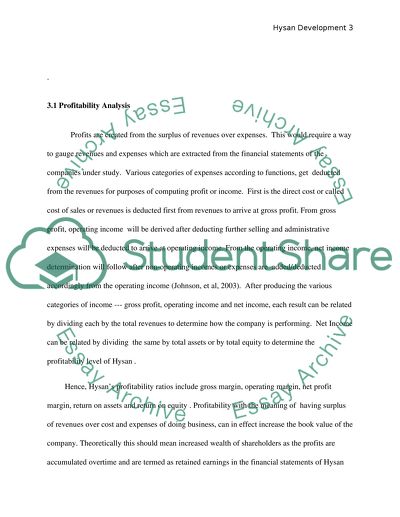Cite this document
(“Accounting ratio analysis for Hysan Development Company Limited Essay”, n.d.)
Accounting ratio analysis for Hysan Development Company Limited Essay. Retrieved from https://studentshare.org/finance-accounting/1634744-accounting-ratio-analysis-for-hysan-development-company-limited
Accounting ratio analysis for Hysan Development Company Limited Essay. Retrieved from https://studentshare.org/finance-accounting/1634744-accounting-ratio-analysis-for-hysan-development-company-limited
(Accounting Ratio Analysis for Hysan Development Company Limited Essay)
Accounting Ratio Analysis for Hysan Development Company Limited Essay. https://studentshare.org/finance-accounting/1634744-accounting-ratio-analysis-for-hysan-development-company-limited.
Accounting Ratio Analysis for Hysan Development Company Limited Essay. https://studentshare.org/finance-accounting/1634744-accounting-ratio-analysis-for-hysan-development-company-limited.
“Accounting Ratio Analysis for Hysan Development Company Limited Essay”, n.d. https://studentshare.org/finance-accounting/1634744-accounting-ratio-analysis-for-hysan-development-company-limited.


